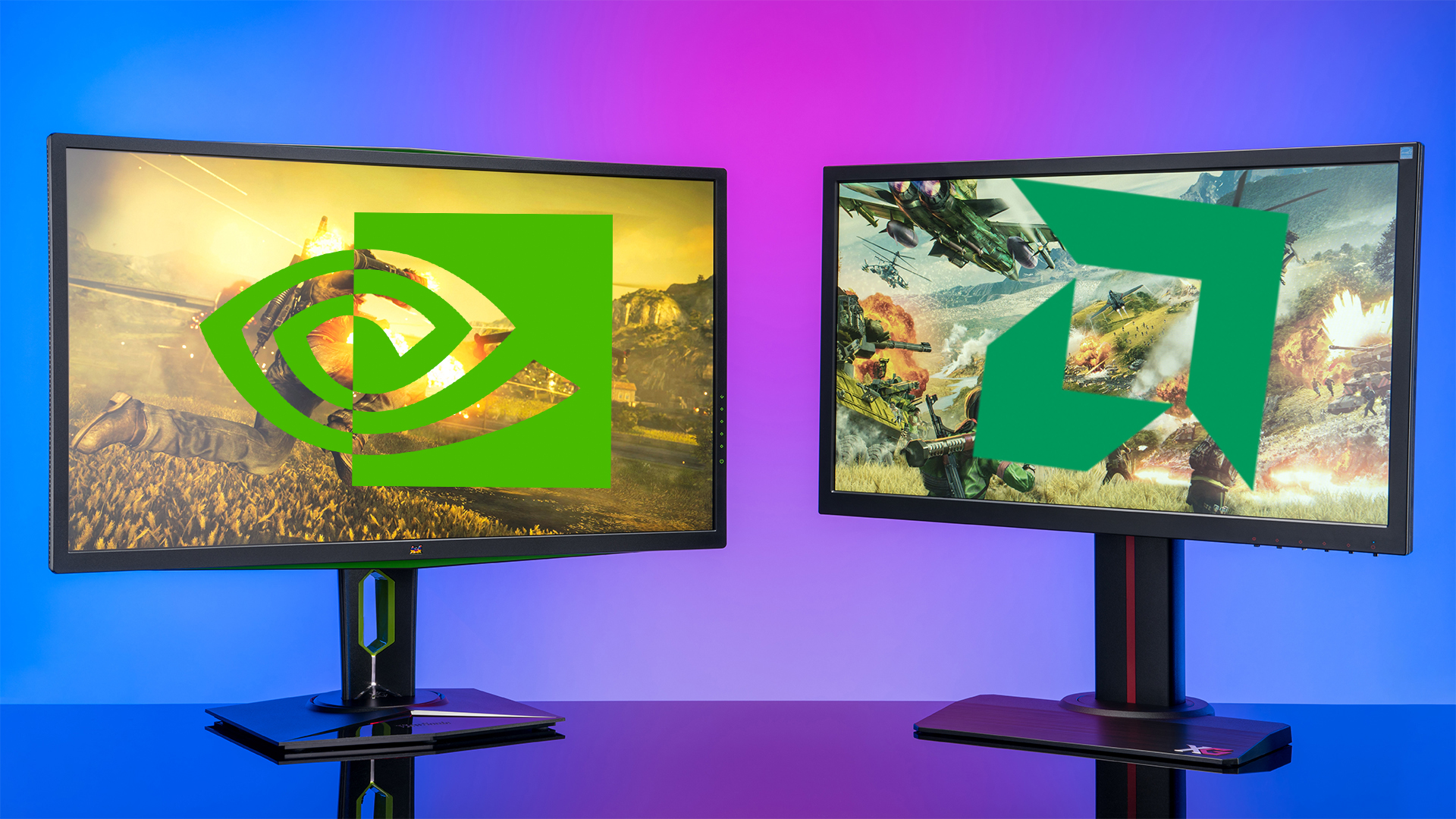
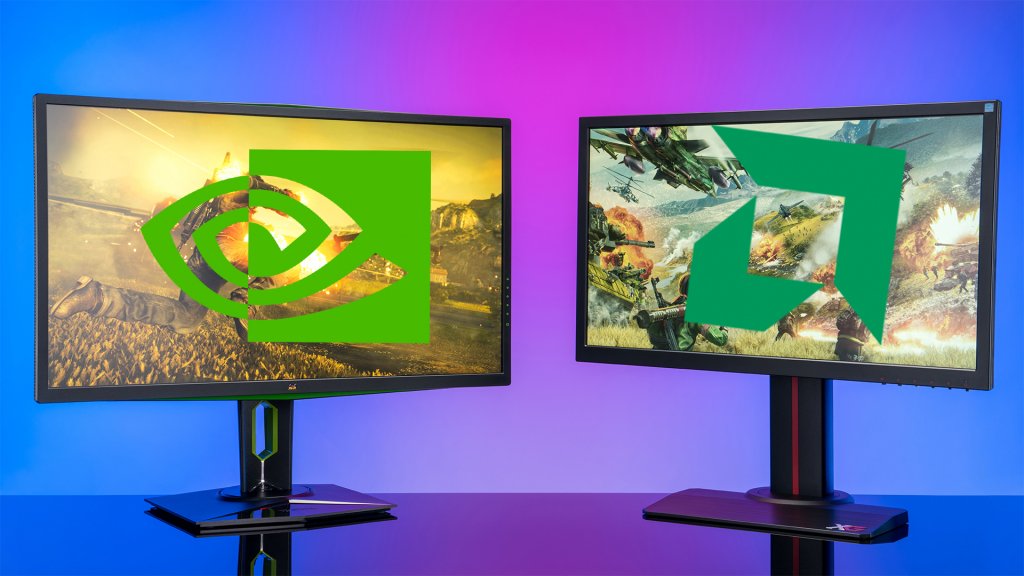
In a surprise move at CES 2019, Nvidia announced that it will be relasing a new driver on January 15 that allows Nvidia Pascal and Turing GPUs to take advantage of FreeSync capability on twelve pre-tested monitors. Extremetech reported that this may also function with other FreeSync monitors, but we can’t guarantee that.
First, a little background: FreeSync and G-Sync are standards for monitors designed to prevent stuttering and screen tearing by locking your monitor’s refresh rate and your GPU’s frame rate. G-Sync is proprietary and requires monitors to have a special chip, while FreeSync is an open standard that doesn’t require any special hardware. Monitors equipped with G-Sync were almost universally more expensive than comparable FreeSync-enabled monitors. Users could enable v-sync in-game, which minimized the effect of tearing, but there was a cost to your performance, and sometimes led to stuttering during moments of intense gameplay.
Nvidia’s Hardware Solutions
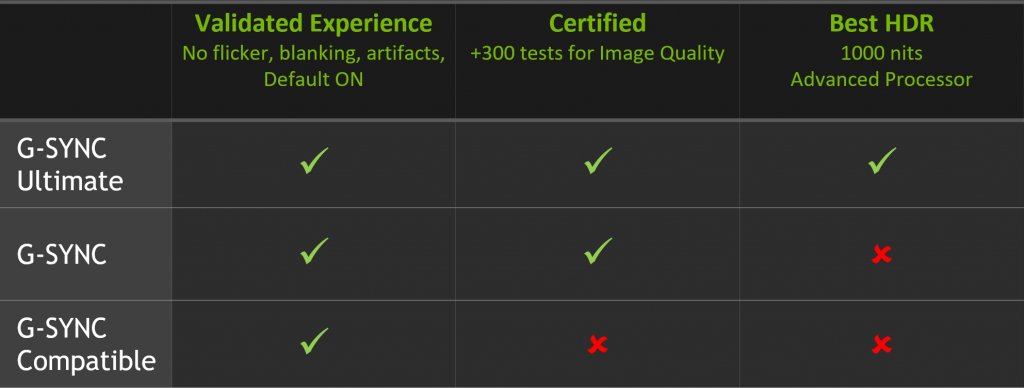
Now, there will be three tiers of G-Sync compatibility – G-Sync Ultimate, G-Sync, and G-Sync Compatible. All three levels offer what Nvidia is calling a “validated experience” which includes “no flicker, blanking, [or] artifacts”.
G-Sync and G-Sync Ultimate (the two higher levels) have passed “300+ tests for image quality”. G-Sync Ultimate monitors are a certification that will be found on forthcoming monitors, developed in partnership with NVIDIA, that includes HDR with 1000+ nits of brightness, designed exclusively for gamers who only need one kidney.
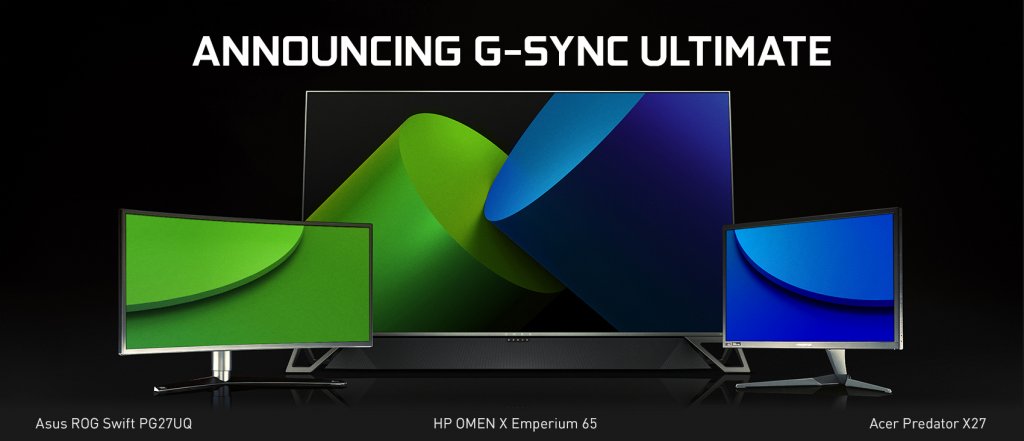
On the one hand, you can look at this as a concession to the market dominance of the open source FreeSync standard. The price of G-Sync monitors was hard to justify for all but the most hardcore of gamers. Meanwhile, if you wanted affordable synchronization between your monitor and your GPU, you either had to turn on v-sync (and take the performance hit) or buy an AMD GPU and FreeSync monitor.
On the other hand, you can see this as NVIDIA attacking the value proposition of AMD GPUs. Last year, AMD made the argument that the price of a Vega GPU plus a FreeSync monitor was far cheaper than a comparable GTX GPU plus a G-Sync monitor. If you can now purchase a more affordable FreeSync monitor and pair it with a GTX / RTX GPU, why even consider an AMD GPU?
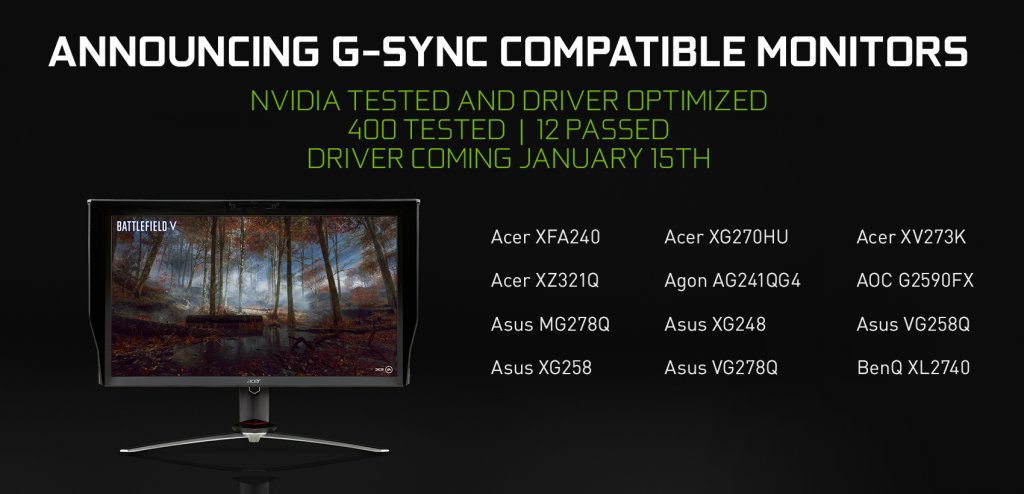
That being said, the twelve certified panels are not cheap. If you’re happy at 1080p, you can pick up the AOC G2590FX for $189.99. Folks looking to game at higher resolutions or refresh rates will be looking at higher prices, from $300-$800.
I’m hoping to see enthusiast and fan sites that non-certified test monitors and see how they perform with various GTX and RTX GPUs, reminiscent of fan sites that test input lag on HD and 4K TVs. It’ll be interesting to see how nitpicky Nvidia was during their testing process, and if there are other FreeSync monitors that will work well.
Editors Note: This article has been updated with more information about supported monitors.
